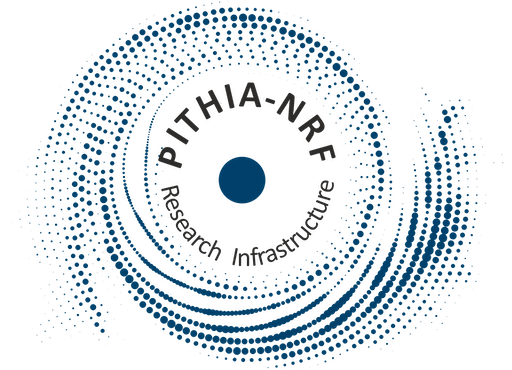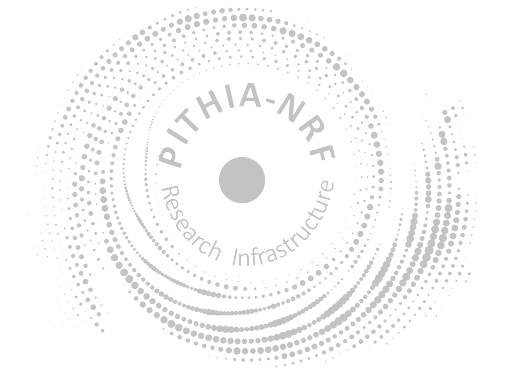<?xml version="1.0" encoding="UTF-8"?>
<Platform xmlns="https://metadata.pithia.eu/schemas/2.2" xmlns:xsi="http://www.w3.org/2001/XMLSchema-instance" xmlns:xlink="http://www.w3.org/1999/xlink" xmlns:gml="http://www.opengis.net/gml/3.2" xmlns:gmd="http://www.isotc211.org/2005/gmd" xsi:schemaLocation="https://metadata.pithia.eu/schemas/2.2 https://metadata.pithia.eu/schemas/2.2/pithia.xsd" gml:id="p_gifds">
<identifier>
<PITHIA_Identifier>
<localID>Platform_EVNET</localID>
<namespace>dlr-so</namespace>
<version>1</version>
<creationDate>2022-09-01T00:00:00Z</creationDate>
<lastModificationDate>2022-09-01T00:00:00Z</lastModificationDate>
</PITHIA_Identifier>
</identifier>
<name>Experimentation and Verification Network (EVnet)</name>
<shortName>EVnet</shortName>
<URL>
<gmd:URL>https://impc.dlr.de/</gmd:URL>
</URL>
<description>
The Experimentation and Verification Network (EVnet) is a system of distributed receivers
that can acquire, process and distribute GNSS and GNSS-related measurement data in near real time.
It consists of multiple sensor stations distributed around the world and a central processing and
control facility (CPCF) operated at DLR's Neustrelitz site.
EVnet supports the reception and distribution of GPS, GLONASS, GALILEO, BDS, QZSS and EGNOS raw data.
The recorded measurement data include pseudo-ranges, carrier phases, Doppler shifts,
carrier-to-noise ratio and signal amplitude. All recorded data is stored in a database for
long-term analysis.
EVNet was originally developed for surveying the ionosphere with high-rate receivers.
So far, data from multiple complete solar cycles could be archived.
The data also flows continuously into the nowcast and forecast products of
the "Ionopheric Monitoring and Prediction Center" (IMPC). Furthermore, they are used for the
further development of ionospheric models and prediction methods.
</description>
<type xlink:href="https://metadata.pithia.eu/ontology/2.2/platformType/GroundBasedStation"/>
<!-- Type is required -->
<relatedParty>
<ResponsiblePartyInfo>
<role xlink:href="https://metadata.pithia.eu/ontology/2.2/relatedPartyRole/PointOfContact"/>
<party xlink:href="https://metadata.pithia.eu/resources/2.2/individual/dlr-so/Individual_DLR-SO_IMPC-UHD"/>
</ResponsiblePartyInfo>
</relatedParty>
<relatedParty>
<ResponsiblePartyInfo>
<role xlink:href="https://metadata.pithia.eu/ontology/2.2/relatedPartyRole/Operator"/>
<party xlink:href="https://metadata.pithia.eu/resources/2.2/organisation/pithia/Organisation_DLR-SO"/>
</ResponsiblePartyInfo>
</relatedParty>
<childPlatform xlink:href="https://metadata.pithia.eu/resources/2.2/platform/dlr-so/Platform_EVNET_Neustrelitz"/>
</Platform>

